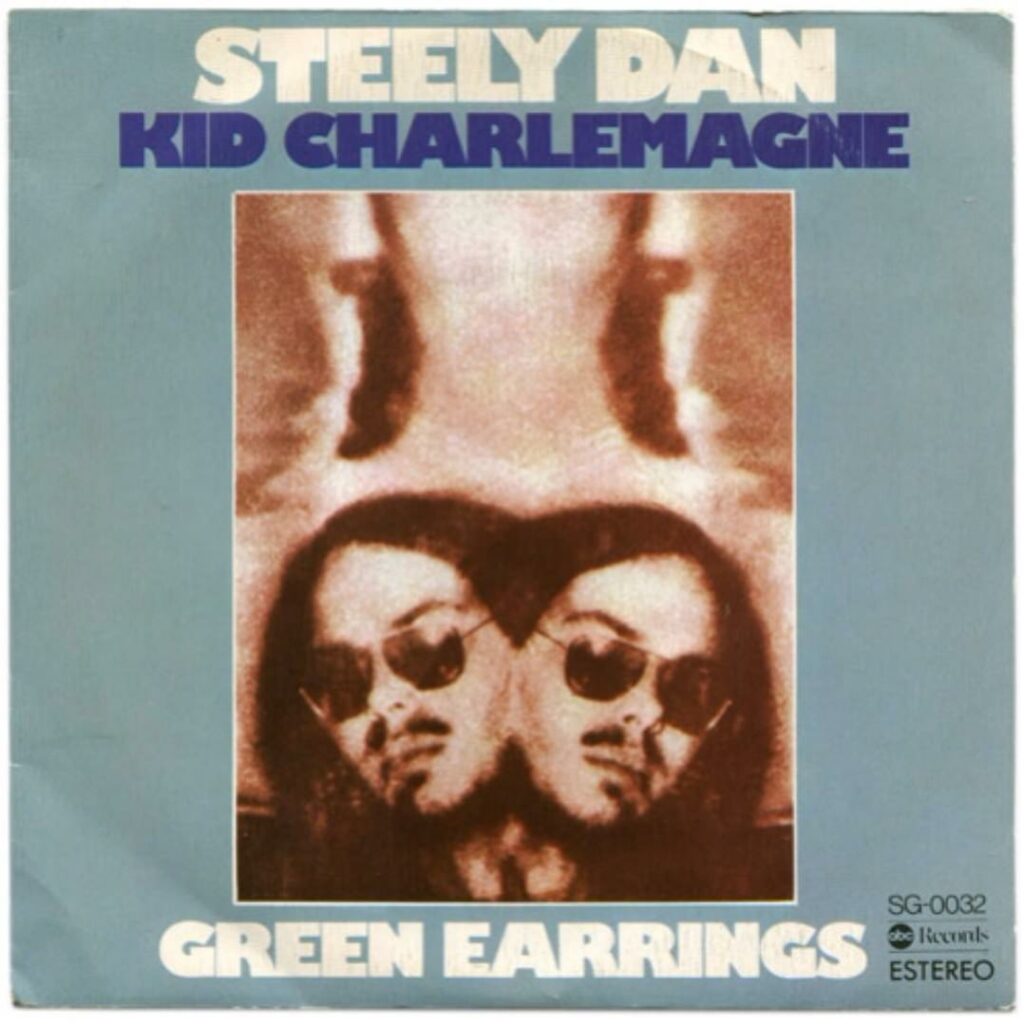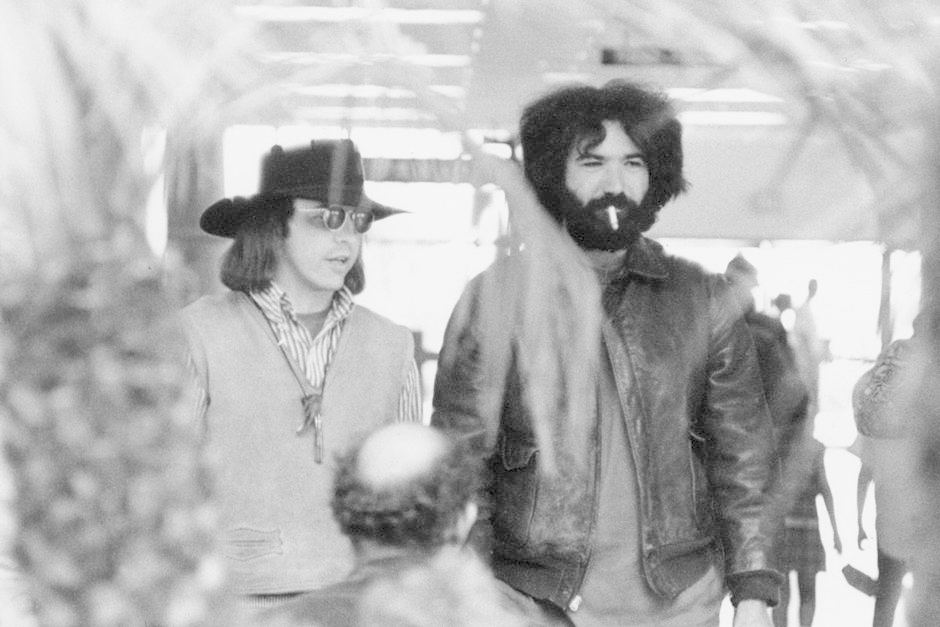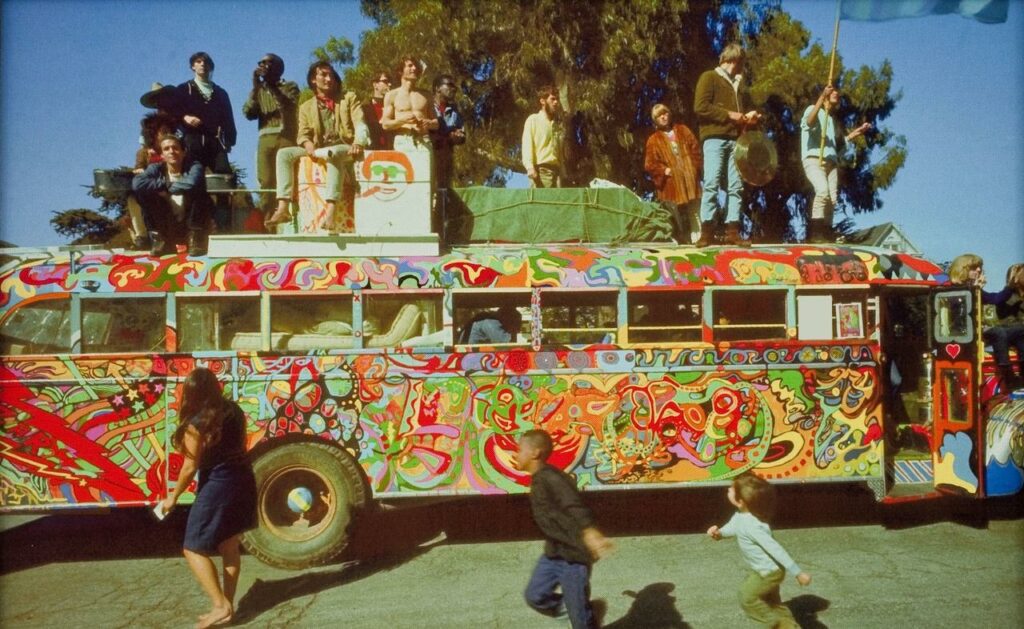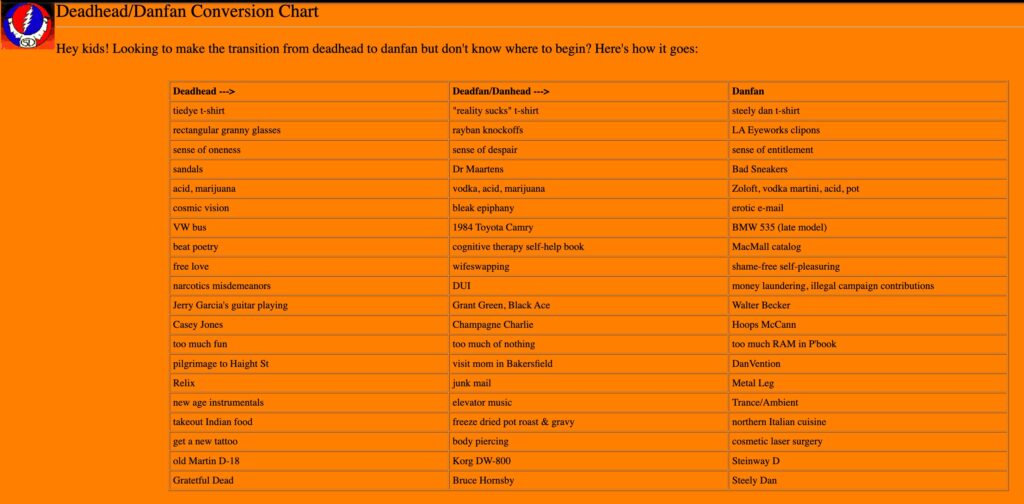The Meaning of Steely Dan’s “Kid Charlemagne”

“Kid Charlemagne” is Steely Dan’s ode to the psychedelic wizard himself, Augustus Owsley Stanley, better known as “Bear”. Released in 1976 as a single from their album The Royal Scam, the song blends elements of jazz and rock in a way that only Steely Dan could do, with lyrics that further cement the legacy of the countercultural icon.
Those who know Bear’s story, and that of the psychedelic revolution of the 1960s in general, may recognize this right off the bat. In case there were any doubts, Steely Dan’s Walter Becker confirmed this during an online chat with the BBC in 2000:
I would say it was very loosely inspired by a character named Owsley. His name was actually Augustus Stanley Owsley. He was a well-known psychedelic chef of the day. Later a sound man for the Grateful Dead. I believe he’s still alive.
Walter Becker on the meaning of “Kid Charlemmagne”, 2000.
The lyrics, which were co-written by Steely Dan co-founders Walter Becker and Donald Fagen, mirror the story of Owsley, who was also known as “The King of LSD”.
Owsley was notorious for manufacturing the purest LSD that could be found anywhere, while living with and working as sound man for the Grateful Dead. He even helped to design their famous Steal Your Face logo, and the dancing bears.

Let’s take a look at Steely Dan’s musical interpretation of the Owsley Stanley story, starting with the first verse:
While the music played you worked by candlelight
First verse to “Kid Charlemagne” by Steely Dan.
Those San Francisco nights
You were the best in town
Just by chance you crossed the diamond with the pearl
You turned it on the world
That’s when you turned the world around
In this verse, Steely Dan introduce the legend behind Owsley, listening to music and staying up late at night cooking acid that was known to be the best in town. He lived in the Haight-Ashbury neighborhood of San Francisco in the late 60s with the Dead, where they were known to have wild parties known as “Acid Tests”.
The first lyric may carry a double meaning, referencing Owsley’s obsessive running of the Grateful Dead’s various soundsystems. While the band was playing, he was hunched over the soundboard poring over every last detail.

When they sing about crossing a diamond with a pearl, they are referencing two of the most valued precious minerals in the world. Diamonds are known for their stability, and pearls are known for their purity, which describes the LSD that Owsley created, and then distributed.
Of course, the “turning on” of the hippie generation is widely known to have been one of the most formative periods in American history, forever changing the course of the music industry, and much of the country as a whole.
Following the first verse, the Dan pose a question to Owsley, as they are aware of the power that he held in the movement, and wondered if he was aware of the status that he held in the eyes of many:
Did you feel like Jesus?
Pre-chorus to “Kid Charlemagne” by Steely Dan.
Did you realize
That you were a champion in their eyes?
Owsley truly was a sort of psychedelic Jesus, with the law frequently meddling in his affairs the media frequently crucifying him for manufacturing and distributing LSD. In the eyes of the hippies, though, he was a hero, central to the scene that they partook in. He dosed his disciples on little tabs of paper, gel capsules, or even with pure liquid droplets, a sort of psychedelic communion.

This lyric also explains why Steely Dan chose to dub Owsley “Kid Charlemagne”, as Charlemagne was known as one of the first champions of Christianity, and became the first Holy Roman Emperor in the year 800. Owsley was this, except for psychedelics.
Kayne West also sampled this part in his song “Champion” off his 2007 album Graduation.
In the second verse, the lyrics further explain why Owsley was considered a countercultural hero:
On the hill the stuff was laced with kerosene
Second verse to “Kid Charlemagne” by Steely Dan.
But yours was kitchen clean
Everyone stopped to stare at your technicolor motor home
Every A-Frame had your number on the wall
You must have had it all
You’d go to L.A. on a dare
And you’d go it alone
Here, Steely Dan sing about how Owsley’s acid was known to be pure and clean, far superior to the stuff they could get up on the hill. For this reason, every house in California had his number on the wall, even the most affluent folks who owned A-Frame houses.
The lyric about his “technicolor motor home” is a reference to the Furthur bus driven around by Ken Kesey (author of One Flew Over the Cuckoo’s Nest) and the Merry Pranksters. Tom Wolfe wrote an excellent book on this period of time called The Electric Kool-Aid Acid Test.

The line about going to L.A. on a dare is a reference to the time when Owsley and the Dead spontaneously moved to Los Angeles with the Merry Pranksters to host a series of unsuccessful acid tests. He and the band were living in a three-story building, where he lived on the third floor cooking LSD.
Next up, another pre-chorus posits some more questions:
Could you live forever?
Second pre-chorus to “Kid Charlemagne” by Steely Dan.
Could you see the day?
Could you feel your whole world fall apart and fade away?
While these questions are a bit more abstract, the reality was that the psychedelic revolution had faded away after the 60s came to a close, as the government was cracking down on it, officially outlawing LSD in 1966. Things were changing, though some may have thought that LSD would continue to impact the world in the same way forever.
In the chorus, Steely Dan encourage Owsley to move forward with his life, and forget about the sixties:
Get along
Chorus to “Kid Charlemagne” by Steely Dan.
Get along, Kid Charlemagne
Get along, Kid Charlemagne
As the song progresses, we get less nostalgia about the psychedelic revolution, and more about the reality of change and the passing of time.

The third verse offers some of this, and even some uncanny foreshadowing of the future:
Now your patrons have all left you in the red
Third verse to “Kid Charlemagne” by Steely Dan.
Your low rent friends are dead
This life can be very strange
All those Day-Glo freaks who used to paint the face
They’ve joined the human race
Some things will never change
Here we can see that Owsley’s once lavish life of being the “Alice D. Millionaire” has faded away, though he is still friends with the Dead. The movement had faded, and acid had become less prevalent, though the Grateful Dead were still carrying the torch.
While in 1976 there were still many Day-Glo freaks who painted their face, in the 80s many of these hippies turned into wealthy conservatives, known in the media as “Yuppies”. Steely Dan sort of predicted the future with this one, as many of the mantras carried by the psychedelic generation fell to the wayside as the people got older and moved on.
Steely Dan take the jab a bit further with the next pre-chorus:
Son, you were mistaken
Third pre-chorus to “Kid Charlemagne” by Steely Dan.
You are obsolete
Look at all the white men on the street
This pre-chorus speaks to the loss of interest by the drug-taking public in the once prevalent LSD, as by the mid 1970s many were making the shift toward doing cocaine instead — hence the “white men” lyric.
Also coming to mind here is the famous “Deadhead to Danfan” conversion chart published by Steely Dan to their website in 1997:

Following the third pre-chorus is another hit of the chorus, followed by a guitar solo that has been called one of the best of all time. Then we have the fourth and final verse, which offers an interpretation of the 1969 bust that put Owsley behind bars for three years:
Clean this mess up else we’ll all end up in jail
Fourth verse to “Kid Charlemagne” by Steely Dan.
Those test tubes and the scale
Just get it all out of here
Is there gas in the car
Yes, there’s gas in the car
I think the people down the hall
Know who you are
It is known that when Owsley and the Dead were living together, the authorities had already begun to crack down on LSD, and thus the band were not comfortable with him producing the drug in the house. Apparently they had the very valid concern that Owsley would get them all in trouble.
In the second half of the verse that is ripe with paranoia, Steely Dan reference the incident where Owsley was notoriously busted after running out of gas and encountering the police.

Finally, we have one final pre-chorus that continues on this paranoia, encouraging Owsley and the rest of the remaining hippies and drug-friendly people to be careful what they carry:
Careful what you carry
Fourth pre-chorus to “Kid Charlemagne” by Steely Dan.
‘Cause the man is wise
You are still an outlaw in their eyes
Although Owsley was released from prison in 1973, he remained a part of the psychedelic scene, and thus was still on the radar of the authorities, who thought acid to be a dangerous substance and saw him as one of the drug’s proprietary figures. He never did go back to making acid, though he did continue using it for the rest of his life.
The song then closes with one last chorus and an instrumental outro.
Listen to “Kid Charlemagne” by Steely Dan below.